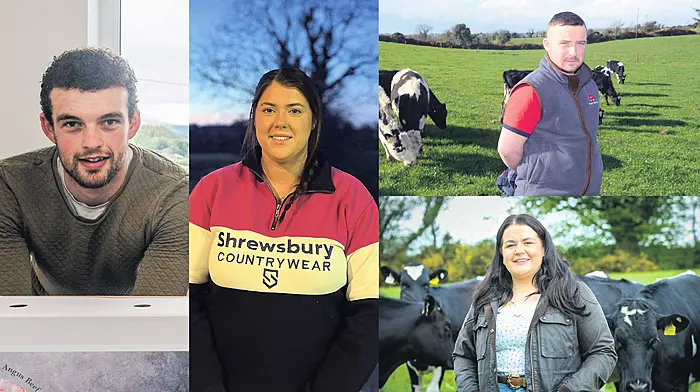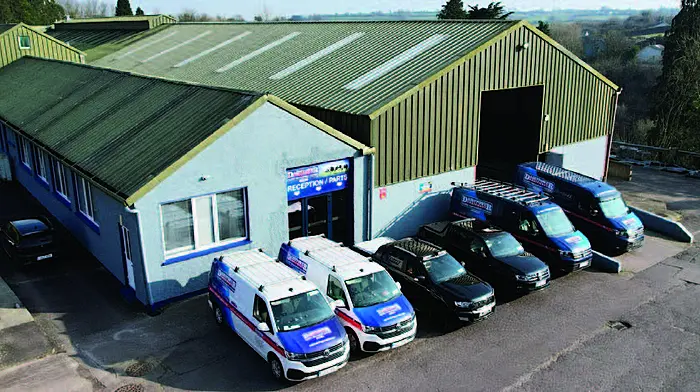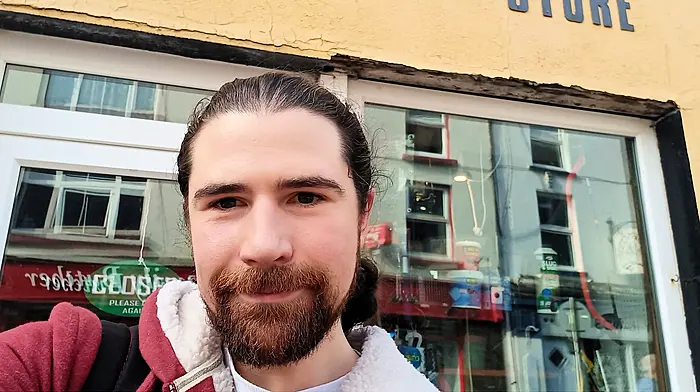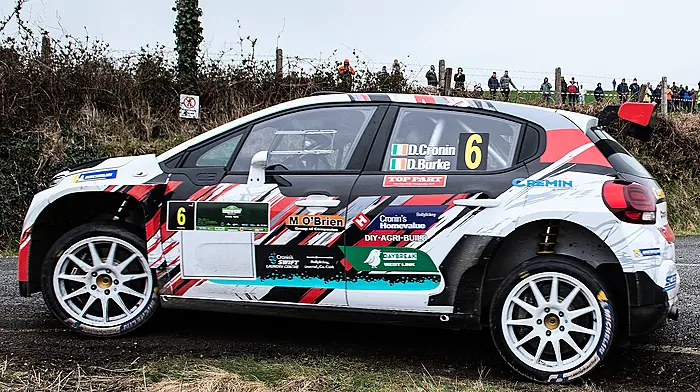Denis and Esther O’Riordan’s farm is one of the 90 nationwide Teagasc SignPost farms, which all have a clear focus on reducing carbon emissions in agriculture, while also improving water quality, biodiversity and increasing the profit margins from farming
DENIS and Esther are farming in the beautiful Borlin valley, 12km north of Bantry.
They have four young children, Abbie (3), Roisin (2), Orlaith (1) and baby Eamon. Denis’s uncle Donie, who is in his eightieth year and still active on the farm, previously owned the holding.
The farm of 228 hectares runs to the peaks of the Caha mountains that border Kerry to the north, reaching elevations of around 650 metres.
Denis purchased a further eight hectares of lowland near the Coosane gap around 12 years ago, to augment his farm in Borlin.
Teagasc Signpost programme participants Denis and Esther are part of the Hill Sheep Farmer category.
They carry 350 breeding ewes, predominantly Scotch blackface and six limousine suckler cows, as well as a charolais bull.
The sucklers complement the sheep enterprise by grazing the lower slopes of the hill to control purple moor grass that sheep will not graze very well from May to September.
During July, round bale silage for winter fodder was cut on the lowland. It was tedded and wilted before baling and triple-wrapped to ensure that no fungal mould would grow on the bales.
The ground was closed in late May when the ewes and lambs were moved to the hill and fertilised with protected urea as directed by the farm nutrient management plan.
Denis feels that protected urea is more cost-effective than CAN or compounds as it is cheaper per unit of nitrogen.
It also helps to reduce gaseous emissions. All sheep shearing was also completed during July. Shearing was a little later than usual this year as May and June were cooler than normal and blowfly was low risk during this period.
Shearing is a necessary cost on the system as the value of wool is less than the cost of shearing.
The critical job on a sheep farm for the month of August is weaning and drafting lambs. In total, 397 lambs were successfully reared to date in 2022. From this, 80 Scotch blackface ewe lambs will be kept as replacement ewes.
Therefore, 317 lambs will be for sale from now throughout the autumn.
The lambs will be sold as stores in the local marts. Meal feeding will be minimal due to the increasing cost, but very small lambs will be trained to eat meals to make them more saleable later on.
Ewes and lambs are dipped or treated with a pour-on to avoid blowfly. On this farm, worm dosing is minimised by rotational grazing and use of the large hill areas to avoid resistance issues and to reduce costs. Clear wormers are used by Denis if needed, based on faecal samples on lambs only.
After shearing all breeding ewes are checked for defects with teeth, teats, feet or previous prolapse cases. Ewes found with these defects are marked for culling and put on after grass to gain weight for a few weeks to ensure a good culling price.
Rams are also checked, feet pared and the footbath is used with a zinc sulphate solution to ensure good foot health.
Suckler cows and calves will be weighed during August. Meals are fed to calves for a month before weaning and two weeks after to comply with the Beep scheme.
Bull and heifer weanlings will be separated to prevent the heifers going in calf at a young age. Any heifers that are sold as weanlings will be injected with prostaglandin to ensure they are not in calf.
Denis and Esther are looking forward to the new Cap 2023-2027 programme to ensure a good family farm income over the next number of years. They have particular interest in the new Acres scheme and the organic scheme.
• Michael Connolly is a business and technology beef and sheep advisor based in the Teagasc Office in Skibbereen. He is also available in the Bantry advisory clinic, 9am-11am, a number of days during the week.










